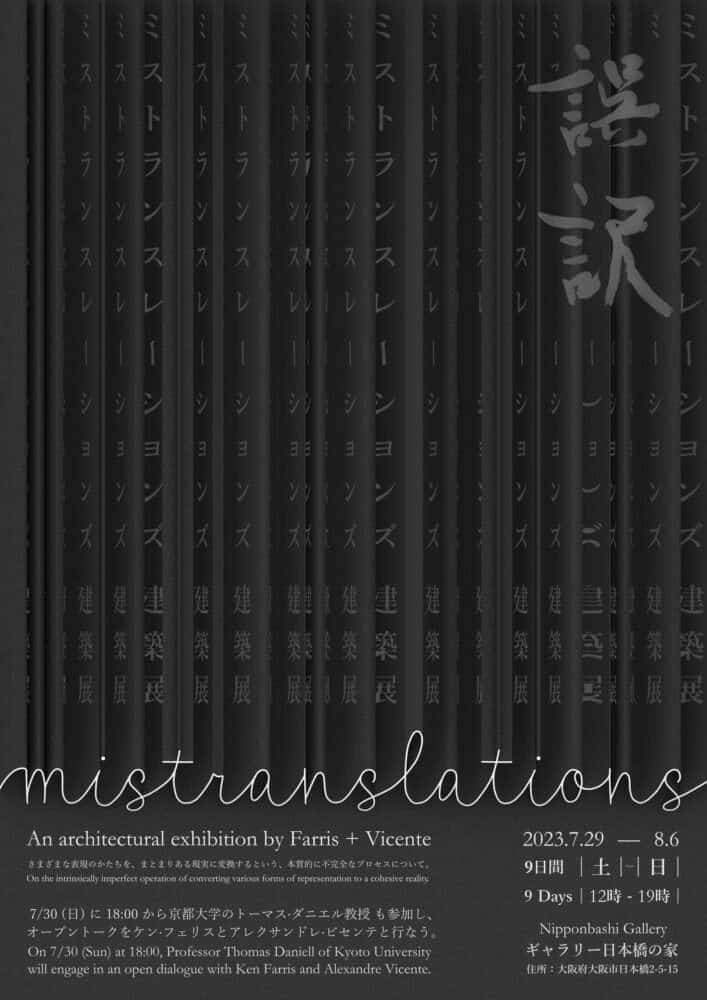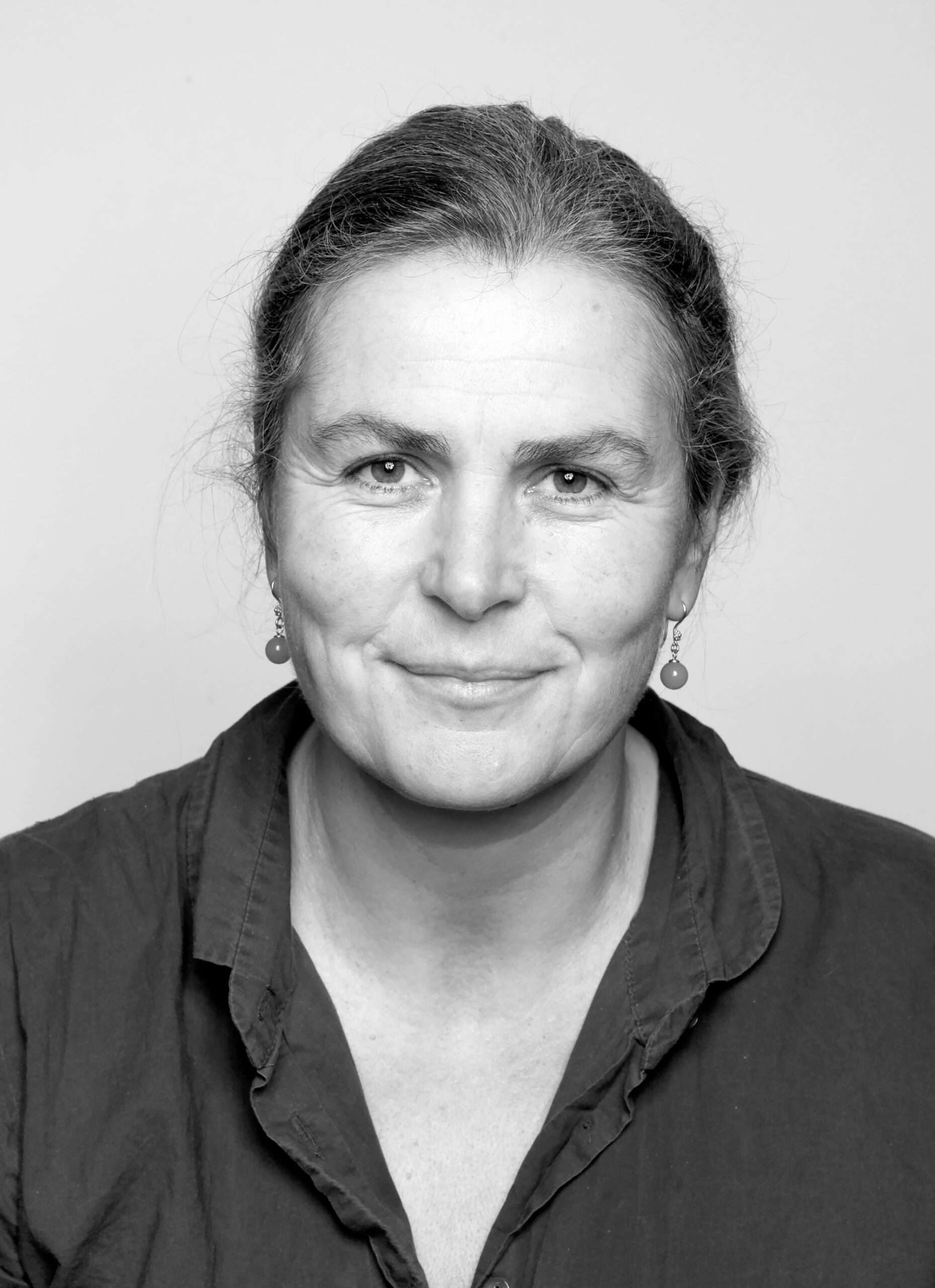Mistranslations
Mistranslations
By selectively concealing architectural models, allusions are made to the discovery and realization of an idea during the design process. Ideas with hazy, undefined edges reside within the realm of consciousness until they are translated into reality. Shadows cast by the concealed models lurk and sway in the exhibition room. Like scattered concepts, observed by the visitor as they enter the designer’s mind. These ideas float in space as a collection of imagined architecture. Through our installation, the intention is to tear away the boundaries of the built environment, represented physically by Tadao Ando’s architecture. How the building and the exhibition interact will serve as an investigation into a situational approach to architecture that revels in distortion and ambiguity.
Throughout the gallery will be models coauthored by the architects of the exhibition.
As a medium of architecture, a model is an object that is easy to understand because of its inherent physicality. Even in its imperfections, the model reveals what cannot be perceived in drawings and renderings. However, it also becomes a tool that explores the subdividing branches of an ever-evolving idea. In this way, the model is capable of freezing a moment in the design process as a tangible entity. Through the incremental aggregation of these captured volatile states, the architect can begin to study and compare the efficacy of ideological translations between models. With every model’s material, structural, and aesthetic shift, a new set of mistranslations are introduced.
Furthermore, As the model grows in scales of magnitude, it must contend with the realities of the physical world. The weight of the material, the efficacy of structure, and the connection of components. Styrene, acrylic, and glue translate into concrete, glass, and silicone. What value, then, do mistranslations hold? Although “mistranslation” construes innate negativity, it provides a generative opportunity to utilize the unexpected remnants of the process to create development. In the realm of biology, genetic mistranslations are the tools by which organisms evolve and survive. We are in interested embracing mistranslations as a method of refining architectural design.
Finally, Read more on Archup:







